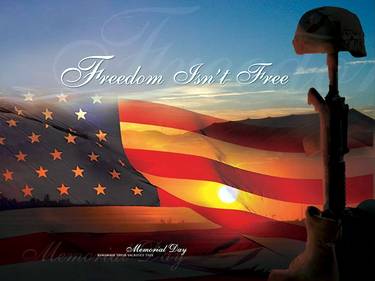Note: The views and opinions expressed in this article are those of the author and may not necessarily reflect those of ad Dei Gloriam Ministries.
Watching someone you care about struggle with addiction is not easy. The process of getting help alone is difficult enough, and then you must watch your loved one cope with recovery. While recovery may be a step forward, it is also a very challenging time in the person’s life.
If you have never experienced addiction, you might feel as though you cannot help simply because you don’t understand what they are going through. However, you do not need to have similar experiences to help someone through a difficult time. Here are a few ways friends and family can help a person undergoing addiction recovery.
One of the most important steps you can take to help someone working through recovery is simply to check in once in awhile. If your loved one is still in treatment or if you don’t live nearby, regular phone calls or video chats can offer the support your loved one needs.
With the isolating nature of addiction recovery, it is important that friends and family take the time to stay in touch. Social isolation can easily become a reason for relapse and by simply picking up the phone, you can help prevent that.
Plan Beneficial Activities
There are many activities that prove quite beneficial for those recovering from drug addiction. Spending time with loved ones is an important aspect of avoiding social isolation during recovery, and by choosing your activities wisely, you’ll be doing even more to help them stay on the right path and discover positive coping strategies.
Exercise is a commonly used tool in various therapies as it can improve mental state and act as a positive coping mechanism. Due to the meditative aspect of the practice, yoga is one of the best options. You might also consider learning a new hobby or skill together such as a new language or maybe even ceramics.
Bring the Family Dog
Even if you can’t find a way to help by yourself, your dog already knows the best way to offer support. Dogs are naturally stress-relieving. They offer affection and encourage physical activity by playing. If your loved one is able, you may even want to suggest that they adopt a dog. The ability to come home to a loving pet is a great way to battle depression while their need for exercise and social interaction works to prevent isolation.
Of course, dogs are also a huge financial responsibility. They will require food, vet care, collars, leashes, beds, and a number of other items in order to live comfortably. So, in the meantime, try bringing your dog over for a visit, a walk, or just a game of fetch. Their enthusiasm and affection are enough to brighten any mood.
Though addiction can be frightening and the recovery process difficult, you are an important part of your loved one’s life. Your love, support, and compassion can make all the difference in a recovery simply by doing your best and caring.

